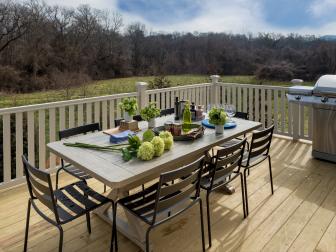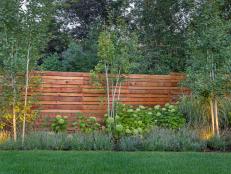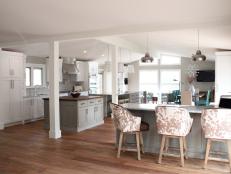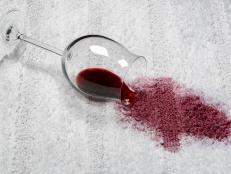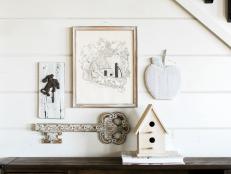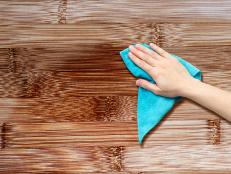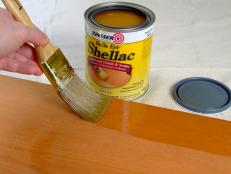Treated Wood vs. Untreated
The wood you choose depends on how you’ll use it.
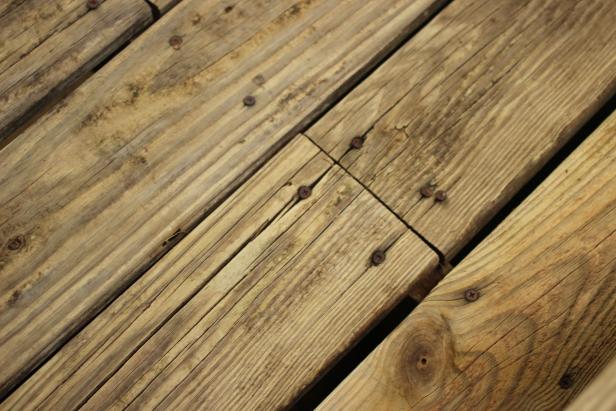
Photo by Mick Telkamp
Not all wood is created equal. Some woods have naturally occurring attributes that make them resistant to rot and insect attack and ideal for many outdoor applications. And some woods are given those properties only with the addition of preservatives and insecticides.
Treated Wood
Treated wood — wood that’s been infused with chemicals to fend off decay and destructive bugs — is a fundamental construction material for wooden outdoor projects such as decks, arbors and benches. In addition, treated wood is used for siding, wood shingles and trim.
Treated wood has been around since the ancient Romans brushed olive oil on structural bridge supports to ward off moisture. A more well-known example is 19th-century railroad builders who soaked wooden railroad ties in smelly creosote to prevent rot.
Modern wood preservatives are much more sophisticated but still have the basic goal of preventing wood from deteriorating when exposed to the elements. Treated wood — also known as pressure-treated wood or PT — is widely available to consumers for home and garden projects. You can find treated lumber, plywood, lap siding and even specialty items like lattice and pre-cut stair parts. Reputable manufacturers offer warranties of 15 to 30 years against rot, decay and insect attack.
To pressure treat wood, the lumber is placed in large airtight chambers. A liquid preservative is introduced into the chamber and is forced into the cells of the wood under extremely high pressure.
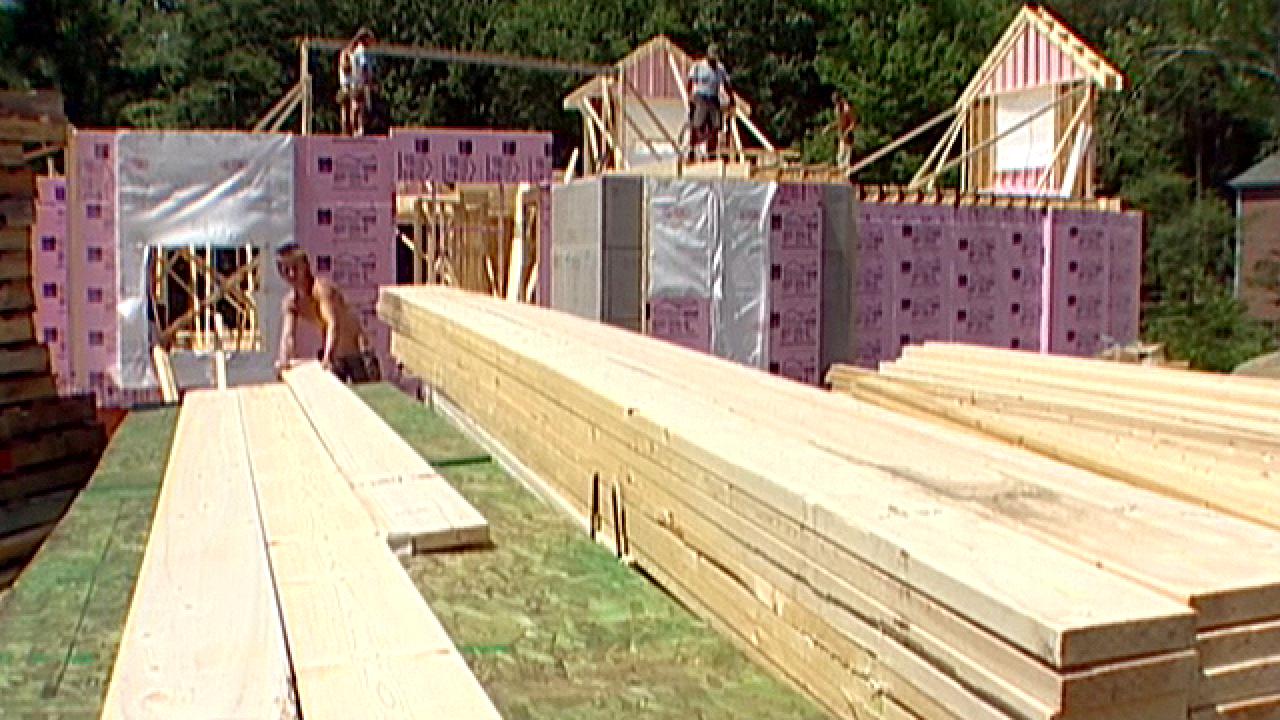
Is Treated Wood Safe?
Probably the most frequent question homeowners ask about treated wood is, Is it safe? The quick answer is, Yes, when properly used, handled and disposed of.
The question arises out of the 1980s and '90s when the wood products industry used toxic, arsenic-infused chemicals for treating wood. In 2003 manufacturers voluntarily abandoned arsenic for residential use and began to refine their preservative formulas. Today, the EPA has registered several formulas, including ACQ (alkaline copper quaternary) and copper azole, both are water-based wood preservatives. Arsenic-containing formulas are still used for specialty construction, such as marine piers.
Although much lower in toxicity than the previous version, today’s treated wood still should be handled and installed with care. Use a dust mask and eye protection when cutting and shaping the wood and gloves while you handle it. Never burn treated lumber scraps or sawdust — instead, put them in the trash.
Untreated Wood
Left in their natural, unfinished state, most woods deteriorate quickly when exposed to outdoor environments. However, there are several species that have naturally occurring chemicals that help them shrug off harsh weather and insects.
Cedar is widely available and is well-known for its natural beauty as well as its ability to fend off decay and insects. It has a straight grain and is dimensionally stable. It can be somewhat brittle and may split when nailed or screwed — drill pilot holes to prevent damage.
Redwood is famed for its ability to stand up to the elements, and its beautiful grain and soft reddish color make it a favorite for outdoor projects and architectural statements. However, regulations to protect the big trees have slowed the production of redwood lumber, and it may not be readily available where you live.
Cypress grows in wet, soggy soils in the southeast. The wood varies in color from light yellow to dark reddish brown and is moderately resistant to decay. It’s often is used for fence posts and marine applications, such as boat docks. It’s stable and doesn’t crack or split easily, and it’s increasingly being used for interior trim and cabinets.
Teak is the classic wood of boat-building, and it stands up to the harshest conditions. However, overharvesting has depleted supplies and made it available only in limited quantities — you’ll pay premium prices for it. It’s a great choice for outdoor projects where exceptional natural beauty is warranted — and can be afforded.
All woods used outdoors benefit from regular applications of sealers, stains and paints to increase longevity and preserve beauty. Brush-on preservatives and insecticides are available to use on wood exposed to extreme conditions or where insects are a problem. Always read and follow the manufacturer’s instructions for safe use of these products.
More on Wood Decks
Decking Materials: Know Your Options
Learn about decking materials and the options available for your deck project
How to Replace Wood On a Deck
Repair a damaged section of your deck with these step-by-step instructions.
Wood Decking Materials
Get tips on how to find the right wood materials for your deck.







